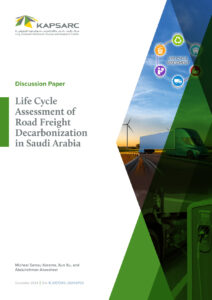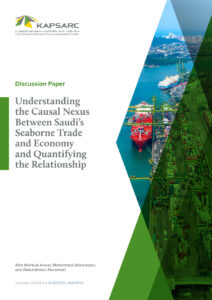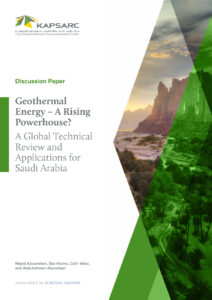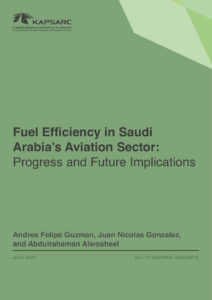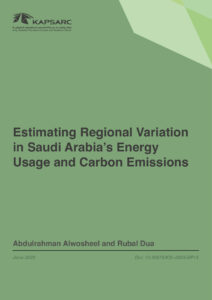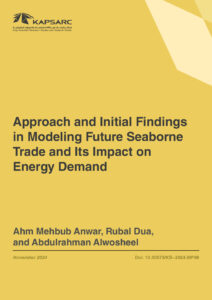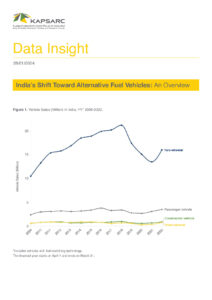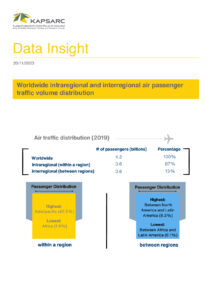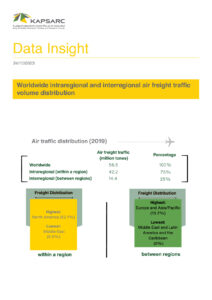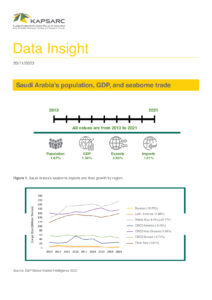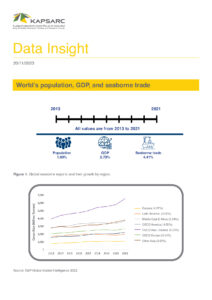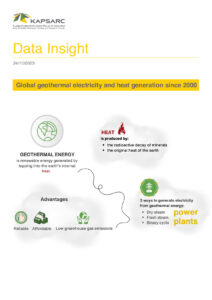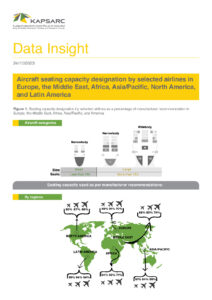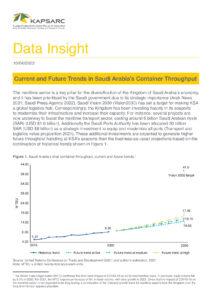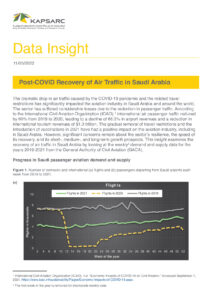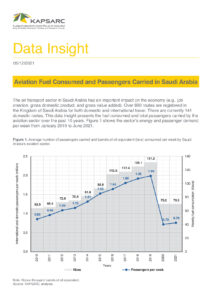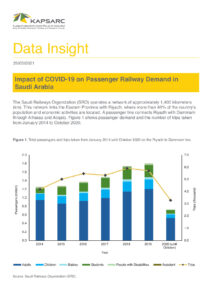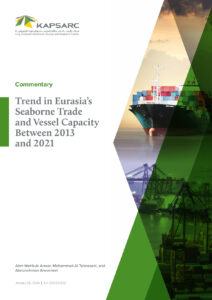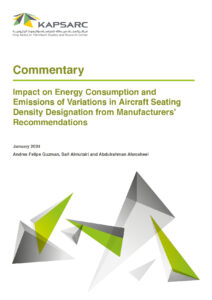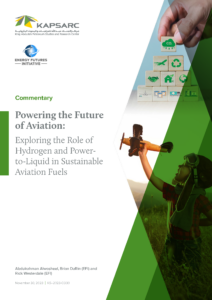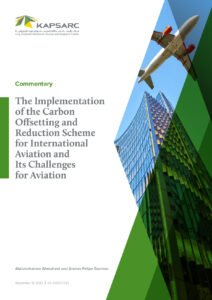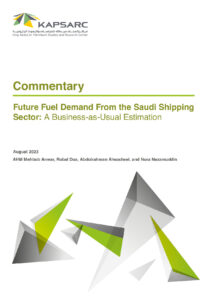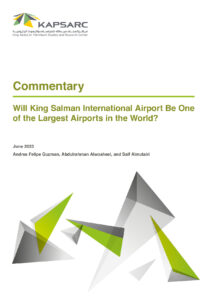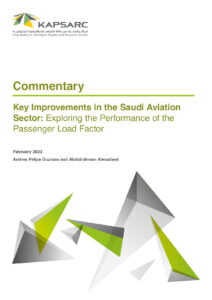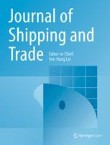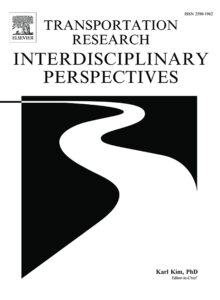Abdulrahman is a Lead Transportation & Infrastructure expert at King Abdullah Petroleum Studies and Research Center (KAPSARC). Before joining KAPSARC, Abdulrahman was a Lecturer at the College of Engineering at Muhammed Ibn Saud University. He also worked as a Traffic Engineer at the Riyadh Metro project. His interests are in transport demand modeling, aviation transport, life cycle analysis, alternative fuels, and energy demand. Abdulrahman holds a master’s degree in Transportation Planning and Engineering and a B.S. degree in Civil Engineering.
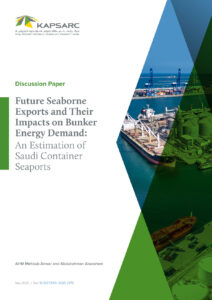
Future Seaborne Exports and Their Impacts on Bunker Energy Demand: An Estimation of Saudi Container Seaports
Seaports are crucial for facilitating maritime trade and integrating countries into the global economy. Understanding port business dynamics, including trade and the impact on bunker energy demand, is essential for a nation’s competitiveness. Saudi Arabia’s ports are strategically situated at an advantageous location that connects Asia, Africa, and Europe. It is important to study current and future trade and investigate their implications for bunker energy demand. This study used data covering the period from 1991 to 2021 and employed a fixed effects linear model with an autoregressive disturbance to estimate outliers and detect breaks to estimate the compound annual growth rates (CAGRs) of exports. The results provide a rough estimation of future exports from Saudi container ports and the corresponding bunker energy demand up to 2040. We used energy intensity figures and the average export distance between Saudi Arabia and its trading partners for energy estimation. As of 2021, the estimated energy demand was about 28,000 barrels of oil equivalent per day (Kboe/d). Using 2021 as the baseline year, bunker energy demand is expected to increase to 45 Kboe/d by 2040 under the medium growth scenario, with Jeddah and King Abdullah Port (KAP) accounting for approximately 61% of the total demand.
22nd May 2025
